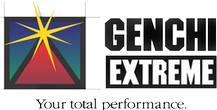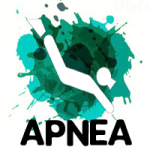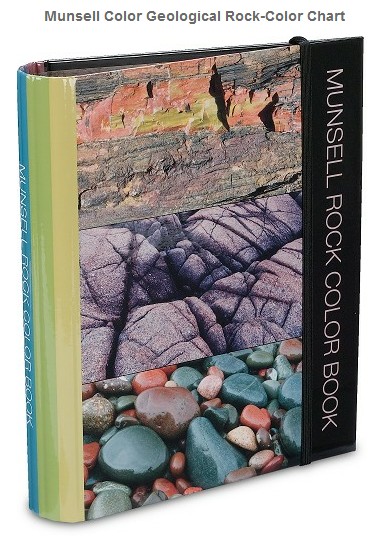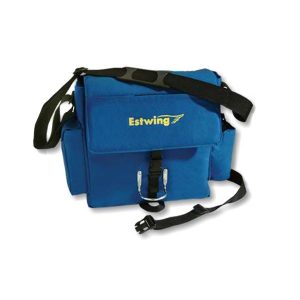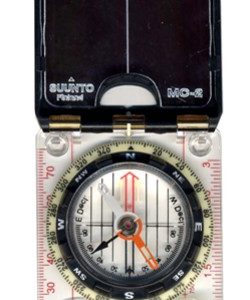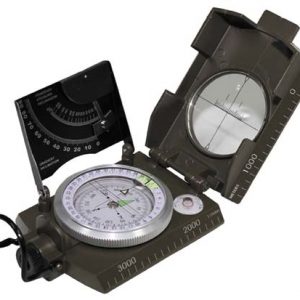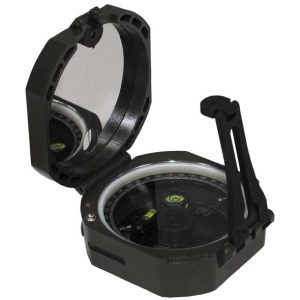Carte dei colori delle rocce per geologi a colori
Questa nuova edizione è la revisione della precedente pubblicata dalla GSA americana e ideata dal comitato internazionale per gli standard dei colori delle rocce.
In questa utilissima edizione sono incluse 115 cartelle a colori complete delle indicizzazioni internazionali numeriche per identificare in maniera univoca i colori delle rocce.
La speciale edizione è utilizzabile con campioni a secco o bagnati.
Particolarmente utile nel descrivere il colore delle rocce con tessitura da fine a media, è utilizzabile anche con rocce più grossolane.
In dotazione al raccoglitore vi è una maschera a colore neutro per riuscire ad isolare individualmente i colori da identificare.
La versione è lavabile con acqua e le dimensioni sono di circa 11×18 cm.
The Rock-Color Chart
The pages within this book are cleanable and can be exposed to the standard environmental conditions that are met in the field. This does not mean that the book will be able to withstand all of the environmental conditions that it is exposed to in the field.
For the cleaning of the colored pages, please make sure not to
use a cleaning agent or materials that are coarse in nature. These materials could either damage the surface of the color chips or cause the color chips to start to delaminate from the pages.
With the specifying of the rock color it is important to remember to replace the rock color chart book on a regular basis so that the colors being specified are consistent from one individual to another. We recommend that you mark the date when you started to use the the book. There is a space provided on the pevious page.
It is recommend that you replace the book after two years of
use. This time frame is suggested based upon typical usage
patterns and conditions.
Purpose
This chart is designed primarily for field use, although it indicates the range of rock colors for all purposes. Names for colors other than those shown on the chart can be found in The Universal Color Language and Color Names Dictionary (publication PB 265-225, available from the U.S. Department of Commerce, National Technical Information Services {NTIS}, Springfield, VA 22161).
Using the chart
The chart is chiefly of value in describing the colors of medium-to fine-grained rocks but is also helpful in working with coarse-grained rocks. In describing very coarse-grained rocks, such as
porphyritic granites, it is necessary to give the color of each
mineral. The chart is designed to cover the range of the chief
rock-forming minerals such as feldspar, quartz, mica, and
hornblende. If the rock is not too coarse grained, a blending of the individual colors can be secured by spinning the specimen like a color disc or by looking at the rock from a short distance and thus getting a monotone that can be matched with the chips on the chart. The number and range of colors on the Rock-Color Chart are based on studies of more than 1,300 selected rock specimens
collected from the United States. The colors of these rocks were plotted on the Munsell charts, which served as a basis for selecting the colors to be included. It is believed that the full range of rocks is covered by the chart, except possibly for very rare rocks of high chroma. A neutral mask is included with the chart for isolating individual colors.
Wet vs. Dry
For most rock colors, the chart will serve for both wet and dry
specimens. It will usually be found that wetting a rock specimen merely decreases the value, that is, makes the specimen darker, but does not change the chroma. Accordingly, the Rock-Color Chart includes colors as far as possible into the dark range in order to cover wet specimens as well as dry. For the first time, the chart includes glossy chips for some of the dark colors. This was
necessary to retain color accuracy within the system of notation used in the chart.
